Tocina-Los Rosales, in the heart of Vega del Guadalquivir.
In the heart of Vega del Guadalquivir are two different towns linked by history, Tocina and Los Rosales. The former, Tocina, dates back to the first civilisations that settled in Andalusia; Los Rosales was established in the 19th century when the railway was built.
Today, the towns are one. During your visit, you will discover its beauty, pleasant atmosphere and good quality of life. Thanks to the nearby River Guadalquivir, this land produces the best fruit and vegetables, including oranges, one of its star crops. It is used as an ingredient in many dishes, both sweet and savoury. Its artichokes, peaches and potatoes are also renowned throughout the region.
Its fascinating historical heritage was shaped by the Order of Malta, who was responsible for the town’s administration after the Christian conquest. Los Rosales’s town centre is more than just monuments. It also boasts an old train station and a former sugar factory that was the town’s economic driver for decades.
The best way to learn about these two Vega del Guadalquivir towns is to visit them and enjoy their rich heritage, cuisine and deep-rooted traditions. Tocina-Los Rosales will captivate you.
Getting to Tocina-Los Rosales
If you travel by car from Seville, take the A-4 motorway until exit 514. Continue on the SE-3201 until your destination.
You can also take the C1 and C3 Cercanías lines from Santa Justa Station in Seville. The C1 line goes to Los Rosales train station, and the C3 line stops at Tocina. If you prefer to travel by bus, go to the Plaza de Armas Bus Station in Seville.
Getting around
Stroll through Tocina’s streets and enjoy its atmosphere. The best way to get to Los Rosales from Tocina is to take the local bus. You can also go on foot, which takes about 20 minutes. You can also explore different nature routes on foot or horse, or by bike.
Reasons to visit
- Discover Tocina’s architectural heritage. Visit its church, train station and former sugar factory to learn about the local history.
- Be sure to come for Tocina’s biggest festival, La Función del Señor, in honour of El Cristo de la Vera Cruz.
- Sample the local cuisine made with local produce such as artichokes, potatoes and other vegetables. If you prefer something sweet, you will love the traditional orange sponge cake.
- Enjoy a day in the countryside at the Área Natural de La Playita, with picnic areas and routes to explore.
- Travel some of the routes that this area of Vega del Guadalquivir has to offer. Choose how you want to do it: on foot, by bike or on a horse. One of the routes is the Route of the Knights of the Order of Malta.
- Tocina is known for its artisanal glasswork. The colour and beauty of its Tiffany stained glass will amaze you.
What to see
To learn about Tocina’s historical heritage, Start your tour at the Plaza de la Constitución. The San Vicente Mártir Parish Church, a Maltese-style Baroque temple stands here. It was commissioned by the Knights of the Order of Malta, the religious order in charge of the town’s administration after the Christian conquest in the Middle Ages.
The statues of St John the Baptist and St Vincent are on the stunning high altar. On the side are the town’s four patron saints. The Tabernacle holds a crucified Christ and a group of sculptures with St Anne and Virgin Mary as a child. These works are believed to have been created by the Baroque sculptor Juan de Mesa.
The Shrine to Nuestra Señora de la Soledad is another religious building of great historical significance in Tocina. It was once a cemetery. The inside of the church is gorgeous and Baroque in style. It is home to the sculpture of the Cristo de la Vera Cruz, among others, that is highly revered by the locals. On 14 September, it is carried in procession during one of the town’s main festivals, La Función del Señor.
Come and visit Los Rosales. It will take you about 20 minutes to get here on foot, and about 8 minutes by car. This town is home to the Nuestra Señora de Fátima Church, named after its patron saint. This contemporary temple was built in 1960, owing to the devotion of the inhabitants of Los Rosales. The town began to grow with the coming of the railway and the construction of the sugar factory. Explore the surroundings of this now-defunct factory that was the economic driver of the area for decades.
The best thing to finish your tour is to relax at the Área Natural de La Playita. There are picnic areas where you can enjoy a day in the countryside and many routes to discover the beautiful landscape through which the River Guadalquivir flows.
Places to visit
- San Vicente Mártir Parish Church
- Nuestra Señora de La Soledad Chapel
- Nuestra Señora de Fátima Parish Church
Surroundings
Tocina-Los Rosales is 37 kilometres from Seville in the Guadalquivir-Doñana tourist region. Both Vega del Guadalquivir towns are bordered to the south by Seville’s La Campiña. Its fields are very fertile, thanks to the River Guadalquivir. The main crops are vegetables and fruit trees, such as orange and peach.


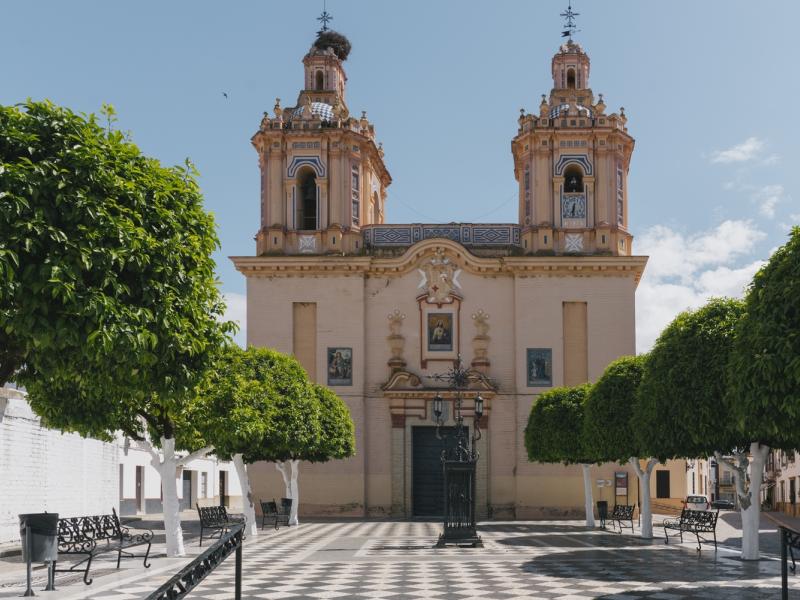
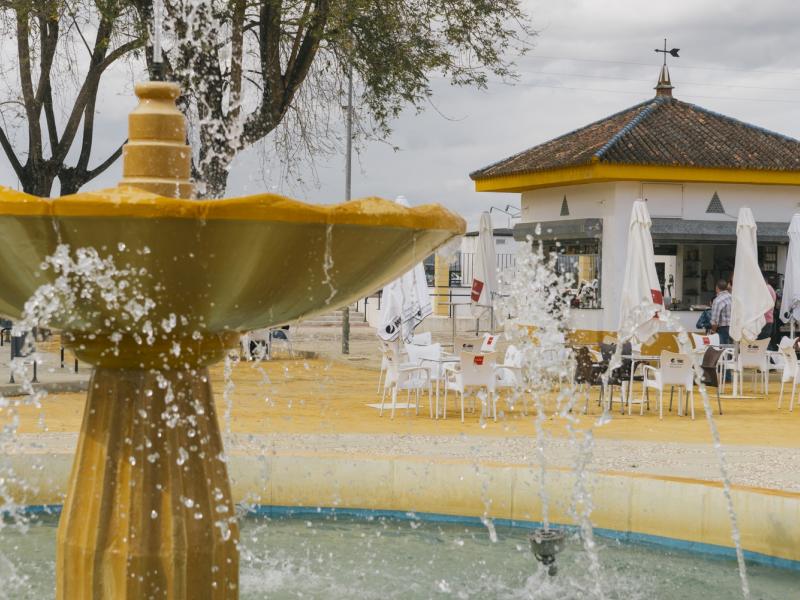
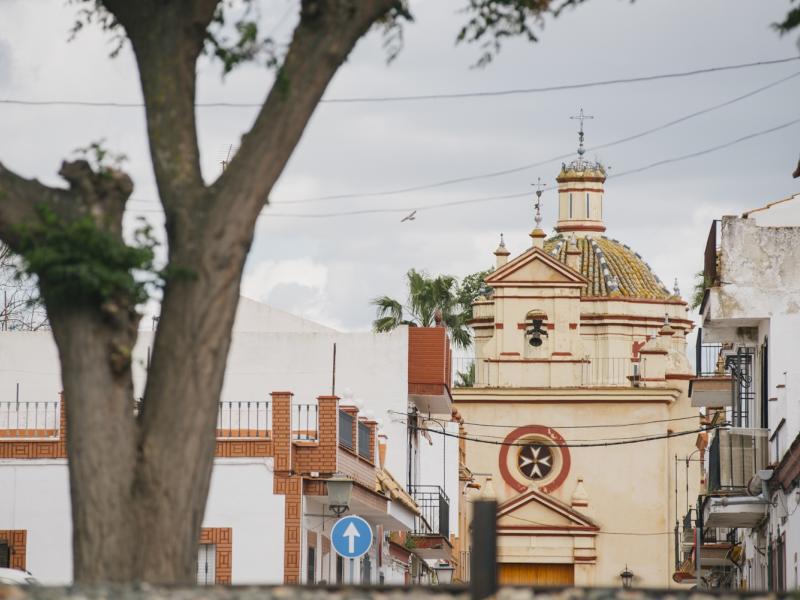
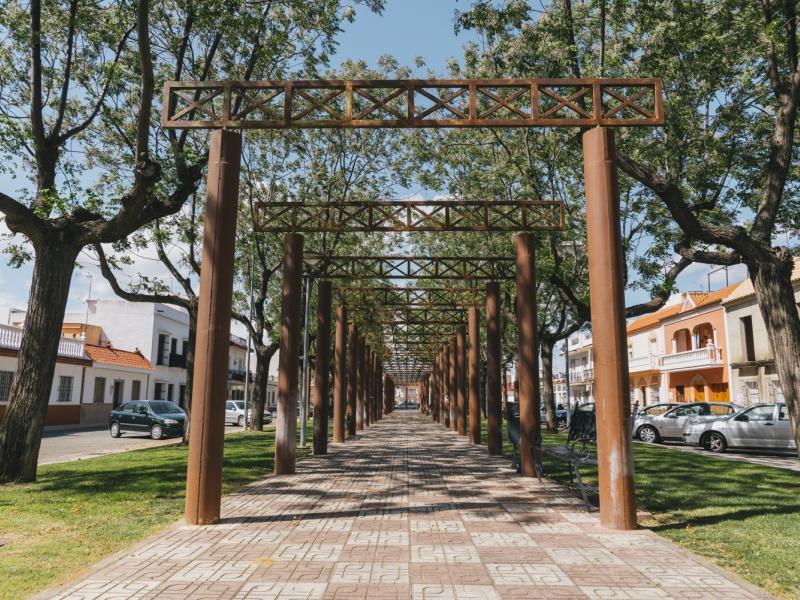
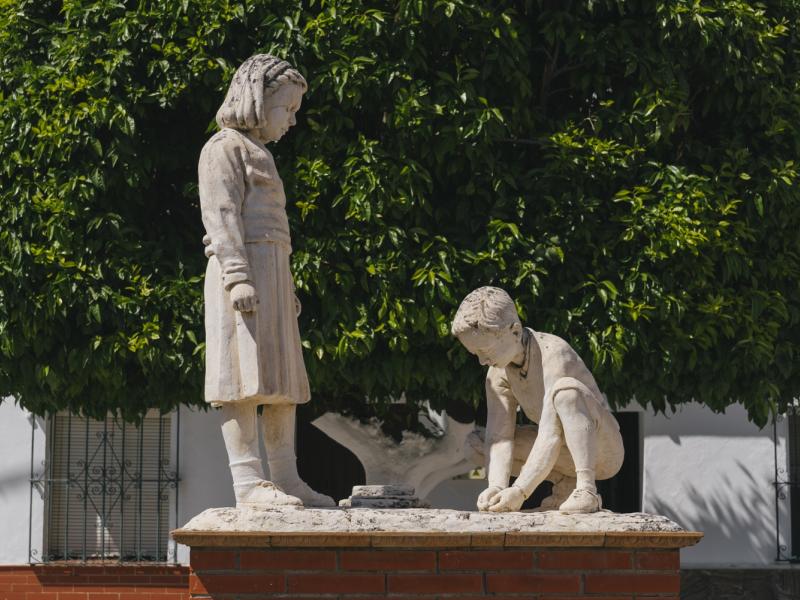
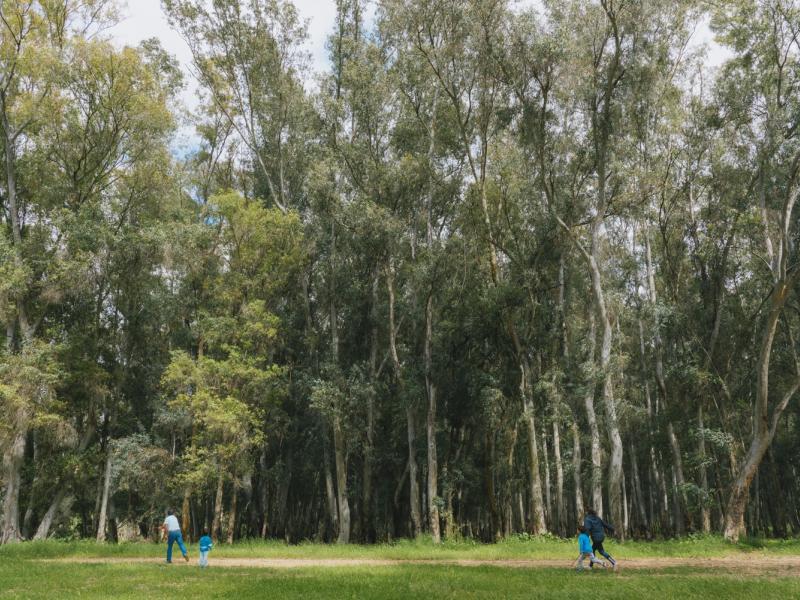
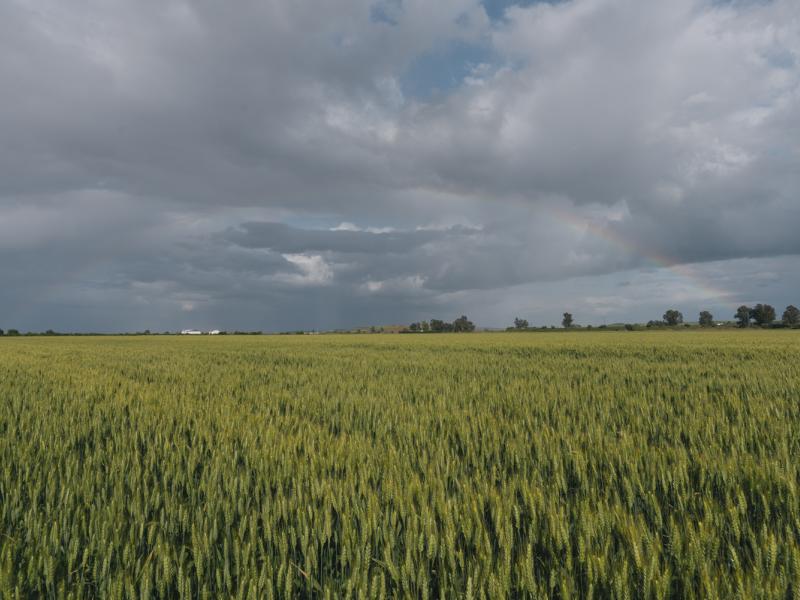
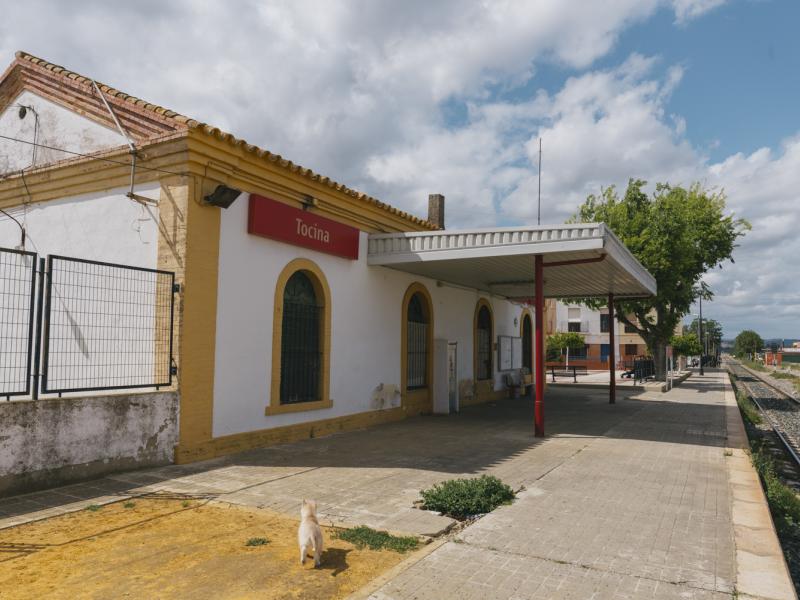
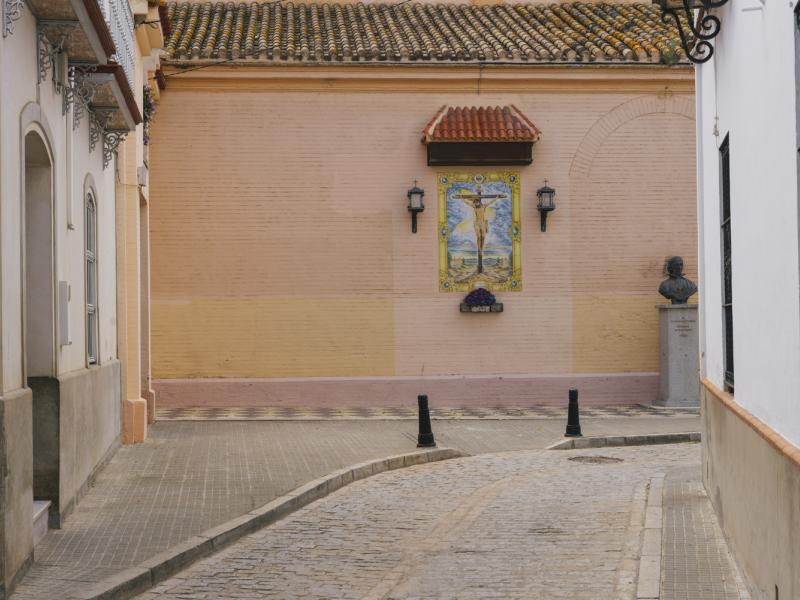
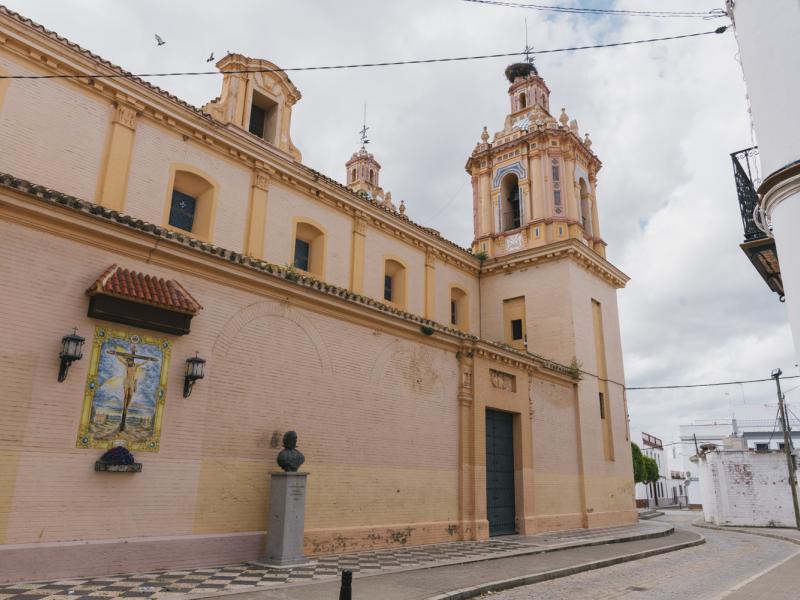
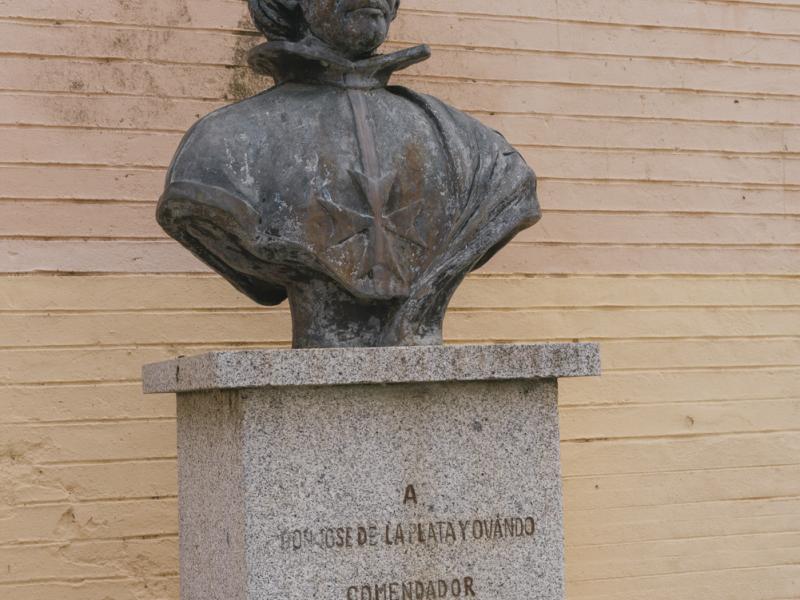
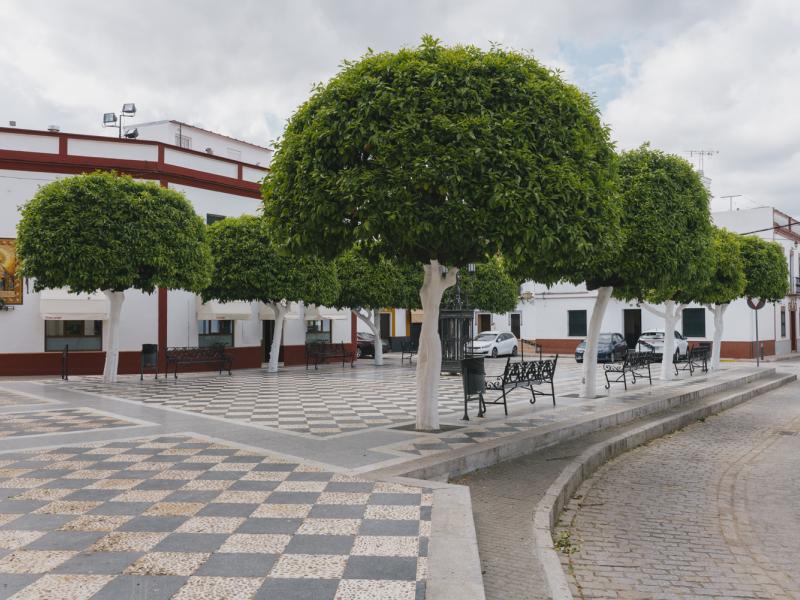
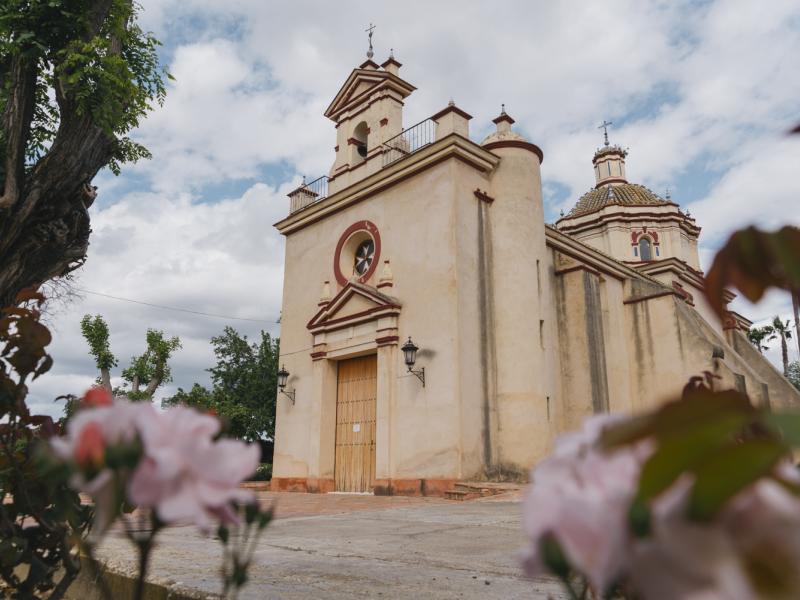
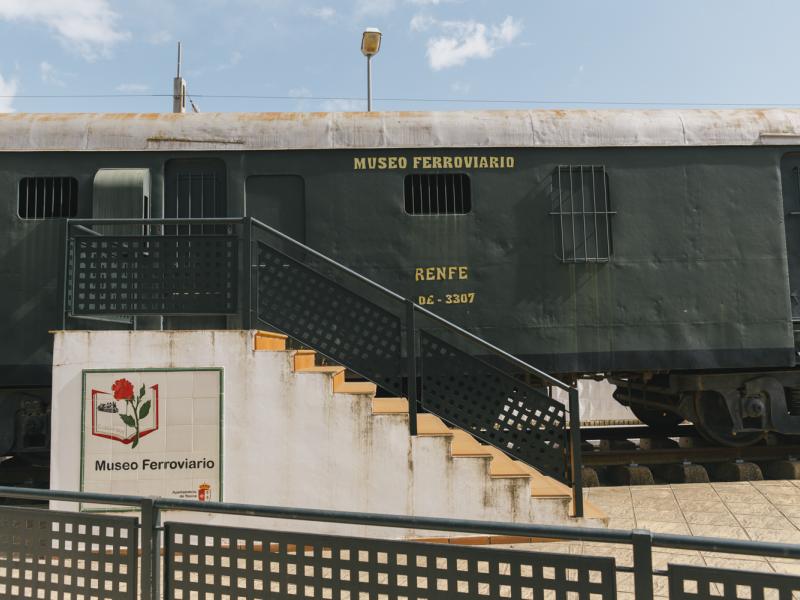
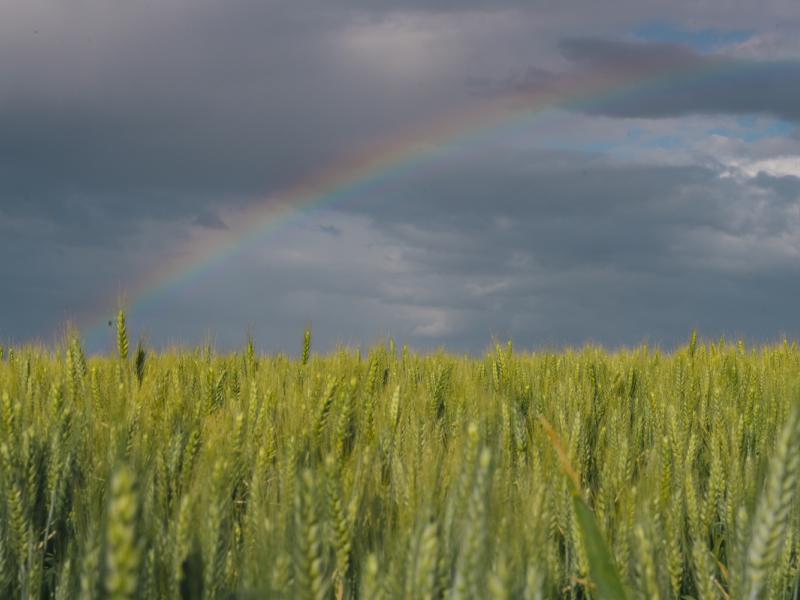
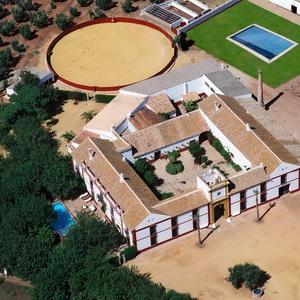
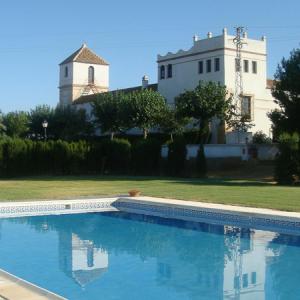
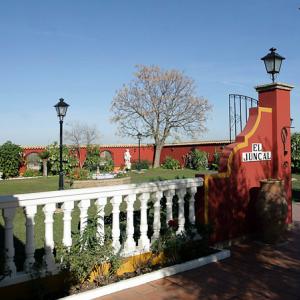
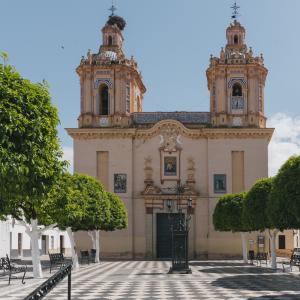
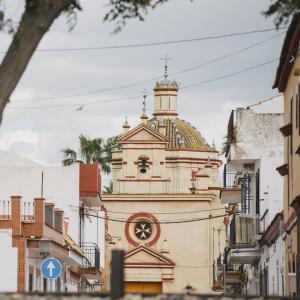
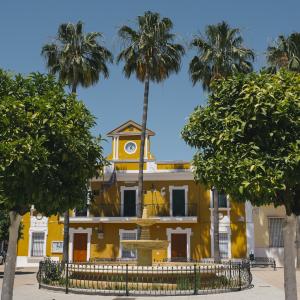
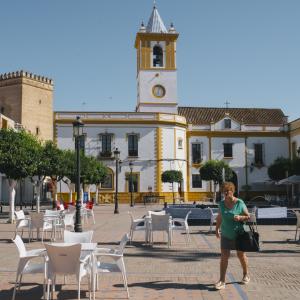
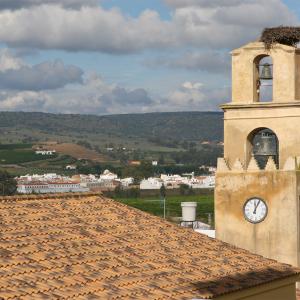
2 comments
Con gusto he leído el texto. Quiero matizar que Tocina no es un municipio y Los Rosales otro distinto, sino que ambos núcleos forman parte del mismo y que este se denomina municipio de Tocina, Surgiendo Los Rosales muy posteriormente al albur de la creación de la estación de Tocina, a unos dos kilómetros del pueblo y a la fábrica azucarera; recibiendo inmigración de otros lugares, que llegaron tanto a la Barriada de Los Rosales (así se denominó), como al pueblo.
Quiero matizar así mismo que la fábrica no se consturyó en término municipal de Tocina, sino el de Villa nueva del Rio y Minas, también muchas viviendas. Posteriormente la parte de Los Rosales que pertenecía al mencionado municipio fue entregado por la junta de Andalucía al término deTocina; pues dicho Ayuntamiento prestaba servicios en las dos partes de Los Rosales (la que correspondía al Ayuntamiento de Tocina como a la de Villanueva del Rio y Minas) desde la creación del núcleo de Los Rosales.
Hola Manuel, muchas gracias por sus cometarios. Reciba un cordial saludo
New comment
The comments are moderated, so it takes a while to appear. If they contain offensive language they will not be published.